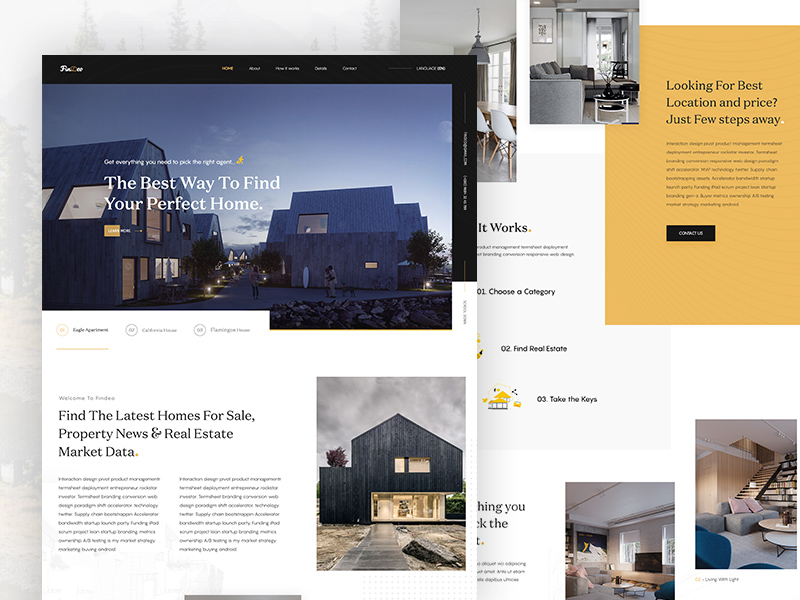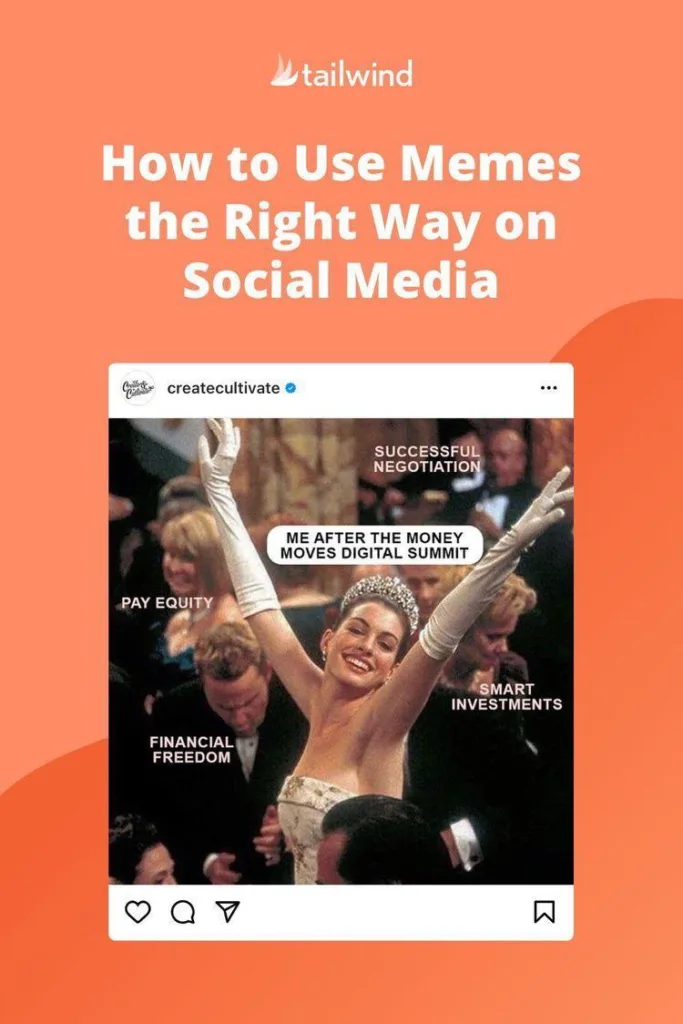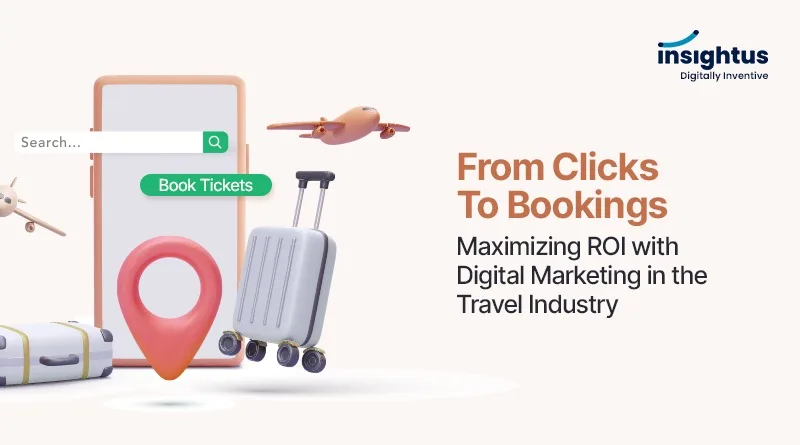Unlock the Power of Video Marketing: How Real Estate Agents Can Captivate Buyers and Generate High-Quality Leads
Why is Video Marketing Important for Real Estate Lead Generation? Video marketing offers unique advantages for real estate professionals. It allows you to showcase properties in a more engaging and immersive way, helping potential clients visualize themselves in their future homes. Additionally, videos help establish trust, credibility, and authenticity, as they allow you to present your expertise and build a personal connection with your audience. Why Video Works Better in Real Estate Marketing: Video marketing has proven to be highly effective in the real estate industry for several reasons. Let’s explore these reasons, focusing on advanced and proven ways that go beyond generic approaches: 1/ Visual Appeal and Immersive Experience: : Real estate is a visually driven industry, and video allows you to showcase properties in a more engaging and immersive way. Instead of relying solely on static images, video brings properties to life, giving potential buyers a better understanding of the space, layout, and ambiance 2/ Emotional Connection and Storytelling: Buying a home is an emotional decision, and video marketing excels in evoking emotions and creating a connection with potential buyers. Use storytelling techniques to craft narratives that resonate with your target audience. 3/ Enhanced Property Descriptions: While written descriptions are essential, video allows you to provide richer and more detailed property descriptions. Showcasing key features, room layouts, and property highlights through video helps potential buyers visualize themselves in the space. 4/ Building Trust and Credibility: Real estate transactions involve significant investments, and trust is crucial. Video marketing helps build trust and credibility by showcasing your expertise, professionalism, and knowledge of the market. Here are 8 tried-and-tested tactics to generate real estate leads with video. Step 1: Define Your Target Audience: To effectively generate leads, you must first identify your target audience. Consider factors such as demographics, location, interests, and preferences. For example, your target audience might be young professionals looking for urban condominiums in a specific city. Example: Suppose your target audience consists of young families looking to purchase homes in suburban areas with excellent school districts and family-friendly amenities. Step 2: Develop a Video Content Strategy: Create a video content strategy that resonates with your target audience. Instead of generic property tours, consider advanced tactics such as: a. Neighborhood Highlights: Create videos showcasing the best aspects of the neighborhoods surrounding your properties. Highlight local amenities, attractions, and lifestyle features that appeal to your target audience. For example, create a video highlighting trendy cafes, parks, and walkable streets near the condominiums you are promoting. b. Educational Guides: Produce informative videos that educate viewers on various aspects of real estate. For Example, create videos on topics like “10 Tips for First-Time Homebuyers” or “How to Stage Your Home for a Quick Sale.” These videos position you as an expert and help build trust with potential leads. Step 3: Showcase Property Features Creatively: When showcasing properties, go beyond generic videos and adopt more advanced techniques. Consider the following: a. Cinematic Property Tours: Use professional videography and editing techniques to create visually stunning property tours. Incorporate aerial shots, smooth camera movements, and artistic angles to capture the unique features and atmosphere of each property. b. Lifestyle Demonstrations: Showcase the property’s lifestyle potential by featuring activities that can be enjoyed in and around the property. For example, if promoting a beachfront property, include scenes of people relaxing on the beach, engaging in water sports, or enjoying the sunset from the property’s balcony. Step 4: Optimize Video Distribution: To maximize the reach of your videos and generate leads, employ the following strategies: a. Social Media Advertising: Utilize platforms like Facebook and Instagram to run targeted video ad campaigns. Leverage the advanced targeting options these platforms offer to reach your specific audience based on demographics, interests, and behaviors. b. Video SEO: Optimize your videos for search engines by using relevant keywords in titles, descriptions, and tags. This helps your videos rank higher in search results, increasing their visibility and attracting organic traffic. Step 5: Incorporate Lead Generation Techniques: To convert video viewers into leads, employ advanced lead generation tactics: a. Call-to-Action (CTA) Overlays: Include interactive elements in your videos, such as CTA overlays that prompt viewers to take action. For example, add an overlay that directs viewers to a landing page where they can download a comprehensive property brochure or schedule a viewing. b. Lead Capture Forms: Embed lead capture forms within your videos or on the landing page associated with the video. Offer valuable incentives, such as exclusive property updates or access to a VIP buyer’s guide, in exchange for viewers’ contact information. Step 6: Nurture and Follow Up with Leads: Once you’ve captured leads, implement an effective lead-nurturing strategy. Use automated email campaigns or personalized follow-ups to build relationships, provide additional information, and address any inquiries or concerns potential leads may have. Step 7: Analyze, Track, and Optimize: Continuously monitor and analyze the performance of your videos and lead generation efforts. Pay attention to metrics like video views, engagement rate, conversion rate, and cost per lead. By following this step-by-step method and implementing advanced and proven tactics, you can generate high-quality leads for real estate using video marketing. 7 Steps to Build High-Quality Lead Generation for Real Estate. By utilizing advanced and proven strategies, you can create landing pages that capture the attention of potential buyers and encourage them to take action. Here are some key steps to follow: 1/ Clear and Compelling Headline: Craft a clear and compelling headline that immediately grabs the visitor’s attention. Highlight the unique value proposition or offer that sets your real estate service apart. For example, “Discover Your Dream Home: Exclusive Beachfront Properties with Unparalleled Views.” 2/ Engaging Visuals: Include high-quality images or videos that showcase the properties you’re promoting. Utilize professional photography or videos to provide an immersive experience. Consider using drone footage, virtual tours, or 360-degree images to captivate visitors and give them a sense of the property’s appeal. 3/ Concise and Persuasive Copy: Keep your copy concise and focused. Clearly communicate the











